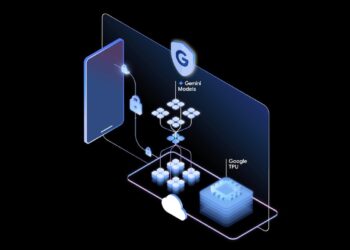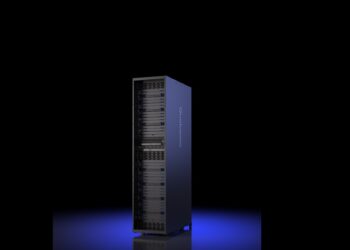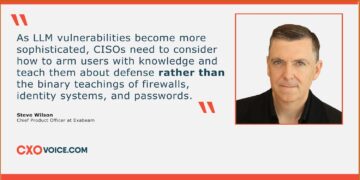Cisco and Intel collaborate to create a new platform for AI workloads. This platform uses the Intel® Xeon® 6 system-on-chip (SoC). Together, they aim to bring compute, networking, storage, and security capabilities closer to where data is created, i.e., at the “edge” (factory floors, retail outlets, healthcare facilities etc.), rather than relying solely on centralized data-centres.
Edge AI workloads are growing rapidly, real-time inferencing, “agentic” and physical AI systems, and immediate decision-making close to the data source. The conventional data centre and cloud model faces latency, bandwidth, and cost constraints.
“A systems approach to AI infrastructure – one which integrates hardware, software and an open ecosystem – is essential to the future of compute, from the smallest edge device to the most complex data center,” said Sachin Katti, Chief Technology and AI Officer and General Manager of Intel’s Network and Edge Group. “Together with Cisco, we’re redefining what’s possible: delivering a unified, secure, and scalable infrastructure that is purpose-built to handle the next decade of complex AI workloads generating real-time intelligence where it is needed most.”
With Unified Edge, customers can make their computer systems more flexible. They can use many different kinds of AI apps easily and at lower cost. Intel and Cisco also help developers, so companies can use ready-to-go apps faster and get results quickly.
Jeremy Foster, Senior Vice President at Cisco, said, “Customers need computer systems that fit their needs. With Intel Xeon 6 and Cisco Unified Edge, people can run both old and new apps close to where their business happens. Together, we help them work faster, easier, and with more security—from big data centers to smaller locations.”
Enterprises operating across manufacturing, retail, healthcare, financial services etc can now consider migrating more AI-inference and decision-making workloads out of central data centres and closer to where the data is generated.
Also Read: The Growing Risks of AI-related Breaches: Insights from IBM’s 2025 Report























